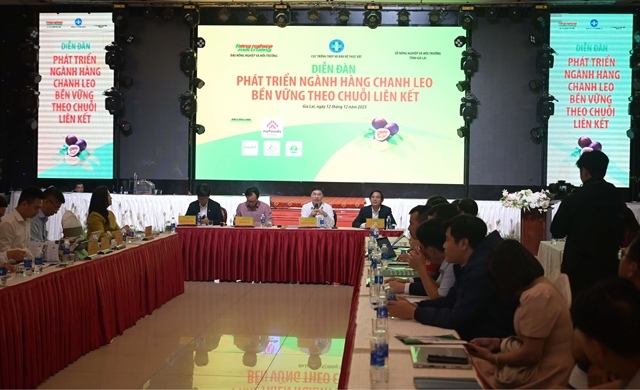New circular on certificates of origin issued
New circular on certificates of origin issued
The Ministry of Industry and Trade has issued Circular No 03/2019/TT-BCT stipulating the certificates of origin (C/O) rules in the Comprehensive and Progressive Agreement for Trans-Pacific Partnership (CPTPP).

According to the ministry’s Import-Export Department, the CPTPP has some differences compared to other Free Trade Agreements (FTAs) which Viet Nam has signed including the rule of origin of goods and rules of origin of refurbished and recycled goods.
The C/O form issued to Viet Nam’s exported goods including the minimum information required by the CPTPP was also issued alongside the circular.
Regarding the mechanism for certification of origin, goods exported from Viet Nam would be applied with the C/O mechanism by agencies and organisations authorised by the ministry. The transition time to implement the mechanism of exporters eligible for self-certification of goods origin is carried out from 5 to10 years under the ministry’s guidance. The mechanism of Vietnamese importers certifying their origin is implemented after 5 years from the effective date of the CPTPP.
The circular will take effect from March 8, 2019.
For Vietnamese goods exported before the effective date of this circular, C/O-granting agencies and organisations shall consider granting C/O forms to enjoy tariff preferences under the agreement and regulations of importing member countries.
Only when the origin requirements are met can Vietnamese products be exported to new markets to enjoy preferential tariffs. This is a strict rule of origin to prevent countries that are not members of the agreement from taking advantage of tax incentives. Notably, the CPTPP is the only agreement Viet Nam participates in a stand-alone textile chapter that is not in common with any other chapter.
Truong Van Cam, general secretary of Viet Nam Textile and Apparel Association, said the biggest obstacle for the garment and textile sector was that Viet Nam has not produced fabric.
Rules of origin for yarns in the CPTTP have hit the industry bottleneck. Viet Nam still has to import nearly 99 per cent cotton, 1.3 million tonnes of fiber and 80 per cent fabric.
Viet Nam has advantages in the sector. However, it is mainly outsourcing. Currently, some localities have returned to textile and garments, especially dyeing. But many projects of reputable and fully qualified investors are not licensed. Therefore, the Government needs to have planning on industrial parks and waste water treatment to facilitate businesses in the sector.





















